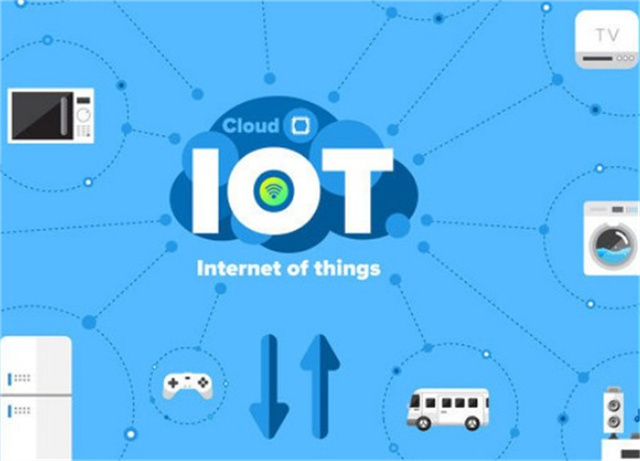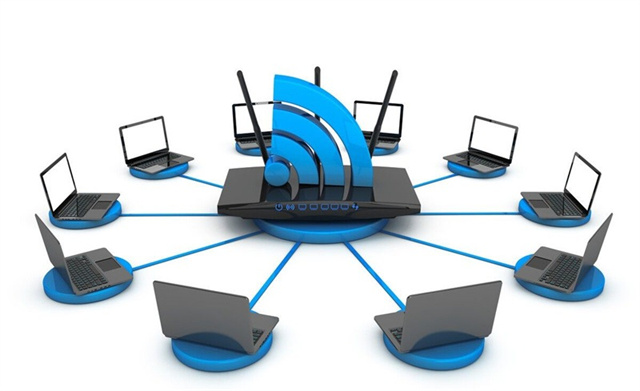The LoRa module transmission size refers to the amount of data the module can carry in IoT communications. With the rapid development of IoT applications, transmission efficiency has become an important issue. Although traditional communication methods such as 4G and WiFi can meet some needs, they still have bottlenecks in certain scenarios. The LoRa module can solve this problem very well.

LoRa (Long Range Low Power Radio Frequency) technology is a wireless communication technology suitable for Low Power Wide Area Networks (LPWAN). Compared with traditional communication methods, LoRa has the following advantages :
1. Long transmission distance . The transmission distance of LoRa module in outdoor environment can reach several kilometers, which greatly expands the communication range. This is a huge advantage for some IoT applications involving long-distance transmission.
2. Low power consumption . The power consumption of the LoRa module is very low, which is mainly due to the communication method of LoRa technology. LoRa uses spread spectrum modulation technology to reduce the signal-to-noise ratio requirements at the receiving end by expanding the signal bandwidth, thereby achieving low-power communication.

3. Large capacity , LoRa module supports multi-channel, multi-rate data transmission and can carry large and small data. This is very important for IoT applications, because many applications require the transmission of large amounts of data, such as video surveillance, environmental monitoring, etc.
Optimization of LoRa module transmission size is also an issue that needs to be considered. Here are some suggestions to help you improve the transmission efficiency of your LoRa module :
1. Reasonably arrange the data transmission cycle y set the data upload cycle reasonably according to actual needs. If the data changes infrequently, the upload cycle can be appropriately extended to reduce power consumption.

2. Data compression and encryption . Compressing and encrypting data before transmission can reduce data size and increase transmission rate.
3. Signal optimization . During the deployment of LoRa modules, antennas and signal relay equipment should be reasonably arranged to optimize signal transmission quality. The quality of the signal directly affects the transmission rate and transmission range.
Therefore, it can be said that the optimization of LoRa module transmission size requires comprehensive consideration of many factors, including application scenarios, power consumption requirements, data volume, etc. Only by rationally utilizing the characteristics of the LoRa module can we achieve better communication results.
As a new generation of IoT communication technology, LoRa modules have broad application prospects. By optimizing the transmission size, the LoRa module can better support various IoT applications and bring convenience to our life and work. It is believed that in the near future, with the continuous development of IoT technology, LoRa modules will be used in more fields.